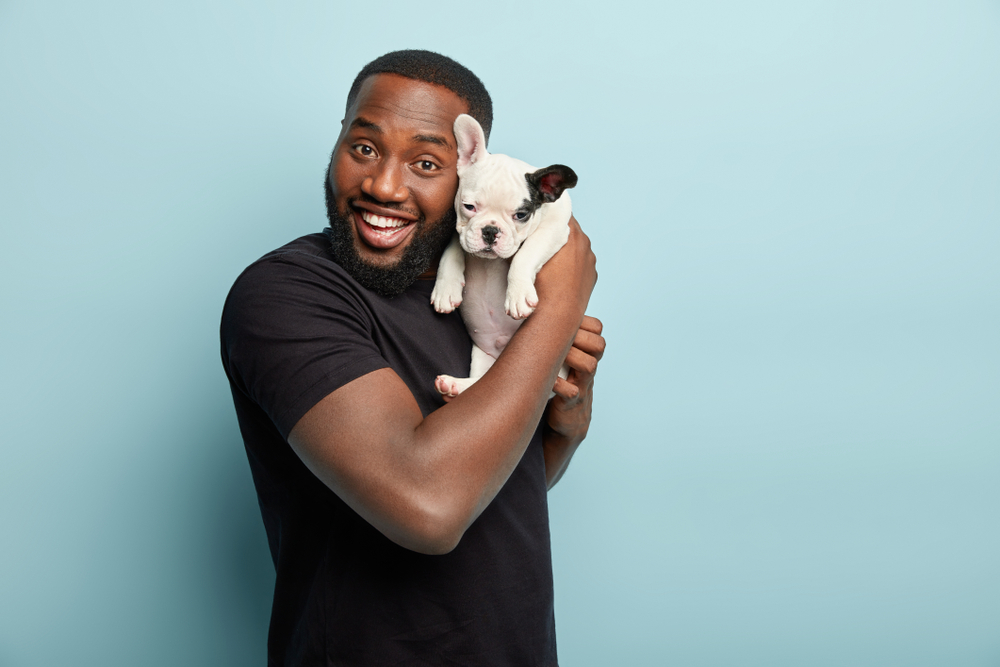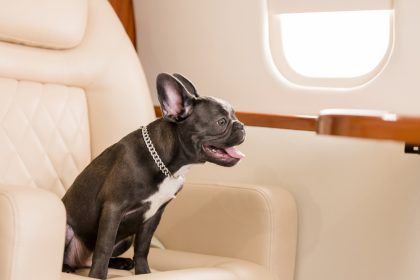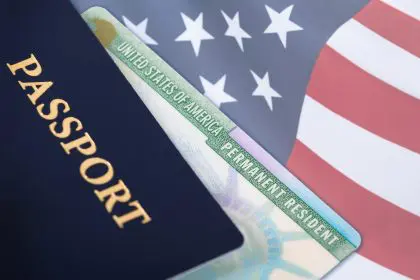Traveling with your pet can be a stressful experience, especially when it involves air travel. Ensuring that your furry friend is comfortable and safe throughout the journey requires careful planning and preparation. This guide will walk you through the essential steps to prepare your pet for air travel, making the process as smooth as possible for both of you.
Understanding airline policies
Before booking your flight, it’s crucial to research and understand the specific policies of the airline regarding pet travel. Different airlines have varying rules about pet carriers, sizes, fees, and documentation required. Here are some key points to consider:
Check pet policies in advance
Each airline has its own set of regulations for pet travel. Some airlines allow pets in the cabin, while others only permit pets to travel in the cargo hold. Make sure to verify if your pet meets the size and weight requirements for cabin travel, or if they will need to travel as checked baggage.
Required documentation
Ensure you have all the necessary documentation for your pet. This typically includes a health certificate from your veterinarian, proof of vaccinations, and any other documents required by the airline or destination country. It’s advisable to get this documentation well in advance of your travel date.
Choosing the right carrier
The carrier you choose for your pet is one of the most critical aspects of preparing for air travel. Your pet’s carrier should be comfortable, well-ventilated, and meet the airline’s specifications.
Carrier size and material
Select a carrier that is appropriate for your pet’s size. Your pet should have enough room to stand, turn around, and lie down comfortably. The carrier should be sturdy, with secure latches to ensure it doesn’t open unexpectedly. Soft-sided carriers are usually acceptable for in-cabin travel, while hard-sided carriers are preferred for cargo hold travel.
Familiarize your pet with the carrier
Introduce your pet to the carrier well before the travel date. Leave the carrier open in your home and place familiar items, like toys or blankets, inside. Encourage your pet to explore and spend time in the carrier so they become comfortable with it. Gradually increase the amount of time your pet spends inside the carrier, and consider taking short car rides to simulate the travel experience.
Preparing for the journey
Once you have the logistics sorted, focus on making your pet’s journey as comfortable and stress-free as possible. Here are some steps to take before and during the trip:
Health check-up
Schedule a visit to the veterinarian to ensure your pet is healthy and fit to travel. Discuss any concerns you might have, such as anxiety or motion sickness, and ask for advice or medication if necessary. Make sure your pet is up to date on vaccinations and parasite prevention.
Feeding and hydration
Avoid feeding your pet a large meal right before the flight. Instead, provide a light meal a few hours before departure to prevent an upset stomach. Ensure your pet stays hydrated, but avoid giving them too much water right before the trip to reduce the need for bathroom breaks.
Exercise and comfort
Give your pet plenty of exercise before the journey to help them relax. A tired pet is more likely to sleep during the flight. Ensure they have a comfortable place to rest in the carrier, with a familiar blanket or bedding. Consider using calming sprays or pheromone products to reduce anxiety.
At the airport
Arriving at the airport with your pet can be hectic, but being prepared can make the process smoother.
Arrive early
Arrive at the airport early to allow ample time for check-in and security procedures. This also gives your pet a chance to get used to the new environment.
Security screening
Pets will need to go through security screening. Typically, you’ll be asked to remove your pet from the carrier and carry them through the metal detector while the carrier goes through the X-ray machine. Be prepared for this process and ensure your pet is securely leashed or harnessed.
Boarding the plane
Once you’ve cleared security, find a quiet spot to wait for your flight. During boarding, follow the airline’s instructions for settling your pet in the designated area, whether it’s under the seat in front of you or in the cargo hold.
During the flight
Keeping your pet calm and comfortable during the flight is essential.
In-cabin travel
If your pet is traveling in the cabin with you, place the carrier under the seat in front of you and ensure they are secure. Avoid opening the carrier during the flight to prevent your pet from escaping. Speak to your pet in a calm, reassuring voice to help them feel safe.
Cargo hold travel
For pets traveling in the cargo hold, ensure they are safely secured in their carrier. Most airlines have procedures in place to monitor pets in the cargo area, but it’s still a good idea to inform the flight attendants that your pet is on board. Consider attaching a label to the carrier with your contact information and any special instructions.
Arrival and aftercare
After landing, promptly retrieve your pet and provide them with water, a bathroom break, and some comforting attention.
Adjusting to the new environment
Allow your pet some time to adjust to the new surroundings. Offer food and water, and make sure they have a comfortable place to rest. Monitor them closely for any signs of stress or illness and contact a veterinarian if you have any concerns.
Re-establish routine
Pets thrive on routine, so try to get back to their regular feeding, walking, and sleeping schedule as soon as possible. This will help them settle in and feel more at ease in their new environment.
Conclusion
Preparing your pet for air travel requires careful planning and attention to detail. By understanding airline policies, choosing the right carrier, preparing for the journey, and ensuring your pet’s comfort throughout the process, you can make air travel a positive experience for your furry friend. With the right preparation, both you and your pet can enjoy a smooth and stress-free journey, ready to explore new adventures together.
This story was created using AI technology.













